When Muslim populations finally began to awaken after a long period of stagnation, blind acceptance of custom, and deep deficiencies in both secular and religious education, they found before them a system of well-established accredited western institutions offering everything one needed to succeed in worldly life, while Islamic education had been reduced to sanctified tradition and virtually frozen at a particular point in history. For the first time Muslims began to accept concepts promoted by Western culture. People were asking, “What does religion have to do with such matters as practical living, personal relationships or the way we dress?”
Until recent times the style and extent of that dress was seldom a matter of public concern.
But with an increase in education and literacy, a return to Islamic awareness was inevitable. Great numbers of formerly “traditional” Muslims became consciously committed to their religion through personal study and the efforts of da’wah workers. And as they began to put their new found knowledge into practice, women – especially young, educated ones – proudly took to Islamic dress and modest conduct, declaring their servitude to Allah, alone, and no one else.
Until recent times the style and extent of that dress was seldom a matter of public concern. By non-Muslims it was usually seen as a type of traditional or cultural attire, while within Muslim societies, particular modes of covering had long been accepted as the norm so there was little need to define precise requirements. And although Muslim scholars had expressed some differences since the days of the Sahabah about covering the face, they tended to minimize these differences and it was not considered a major issue.
All that changed with the onset of the modern era. Muslims found themselves on the defensive amid accusations that their divinely ordained way of life appears to be strange, backward or even dangerous. Because the woman’s dress is particularly noticeable in modern societies and is one of the outward expressions of her Islamic belief and identity, decisive rulings on the subject have been sought by Muslims for a number of reasons:
1. To be certain of what was ordained by their Creator and obey to the best of their ability
2. To distinguish between the dictates of custom and the requirements of religion
3. To adopt the method most suitable to the society in which they live within the framework of Islamic Shariah
4. To educate other Muslims and initiate reform for the benefit of individuals and societies.
5. To answer the queries of non-Muslims and refute misinformation.
Excerpted from: A Discourse on Muslim Woman’s Attire
[Also read: Why The Hijab Scares N̶o̶n̶-̶Muslim Men]
Limited free articles. Subscribe for full access.

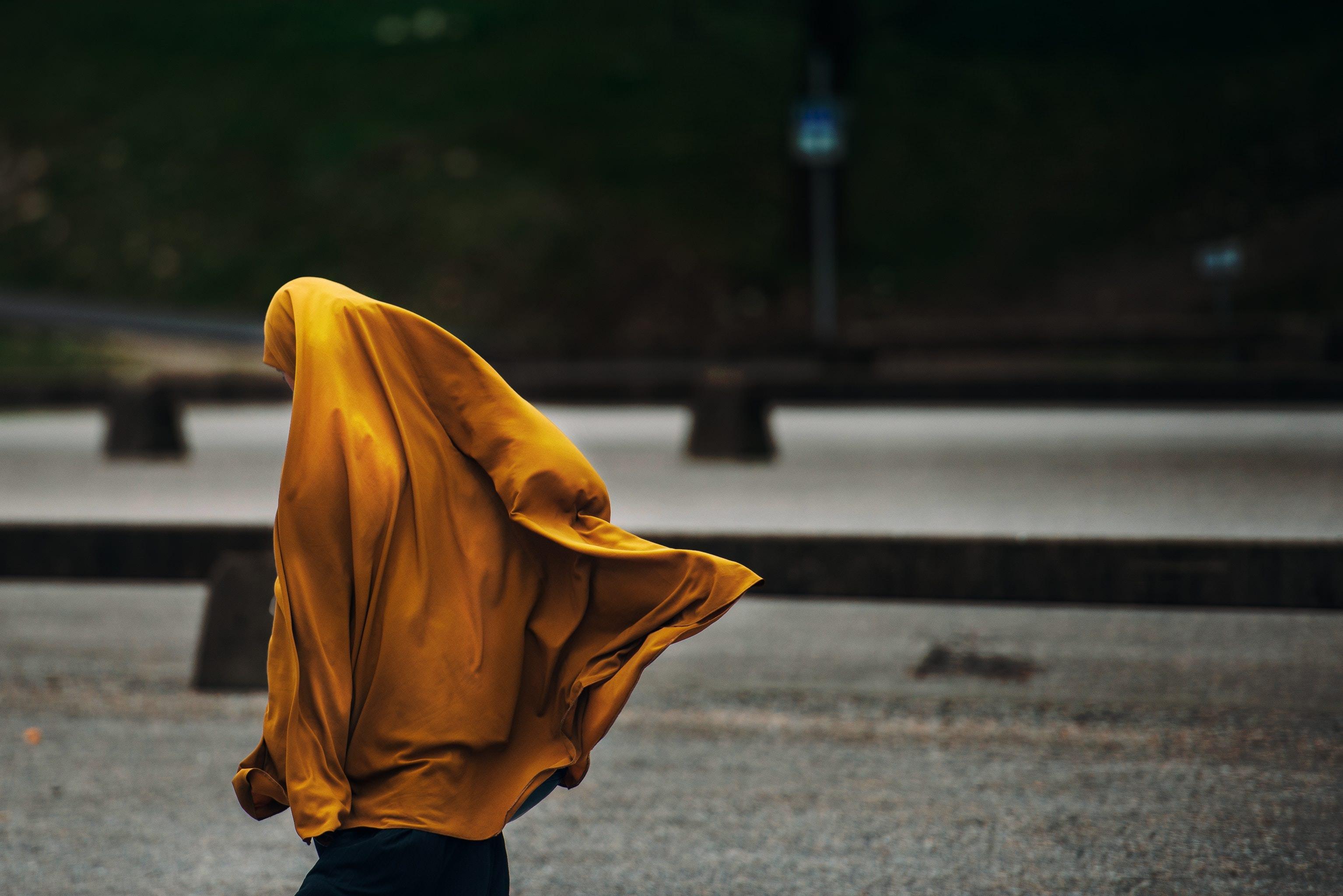
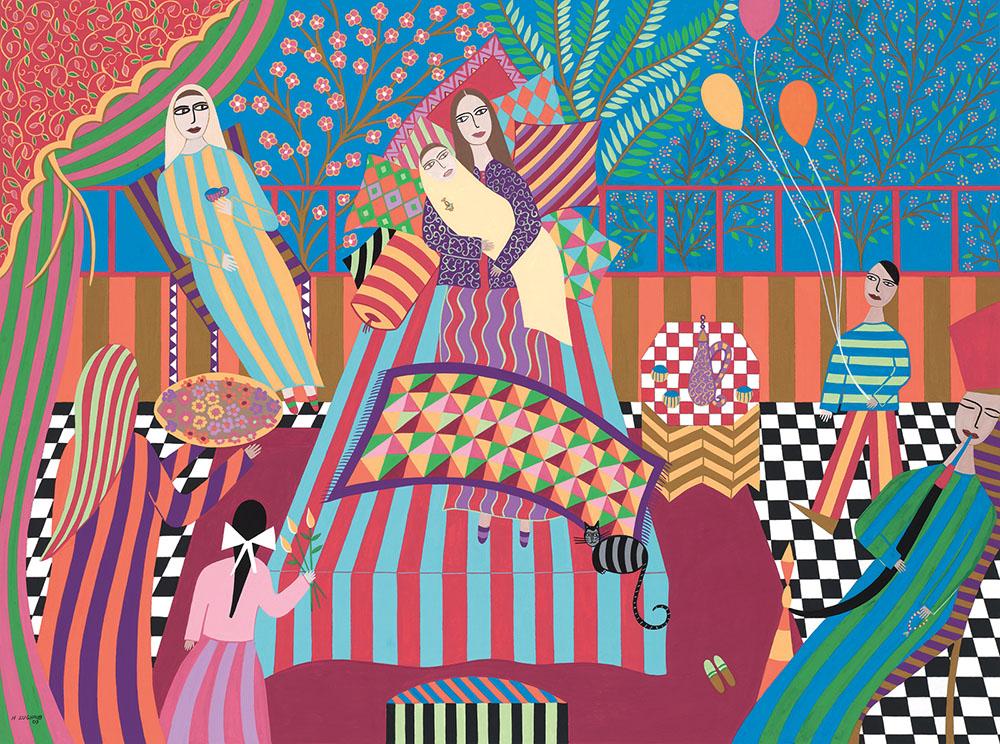
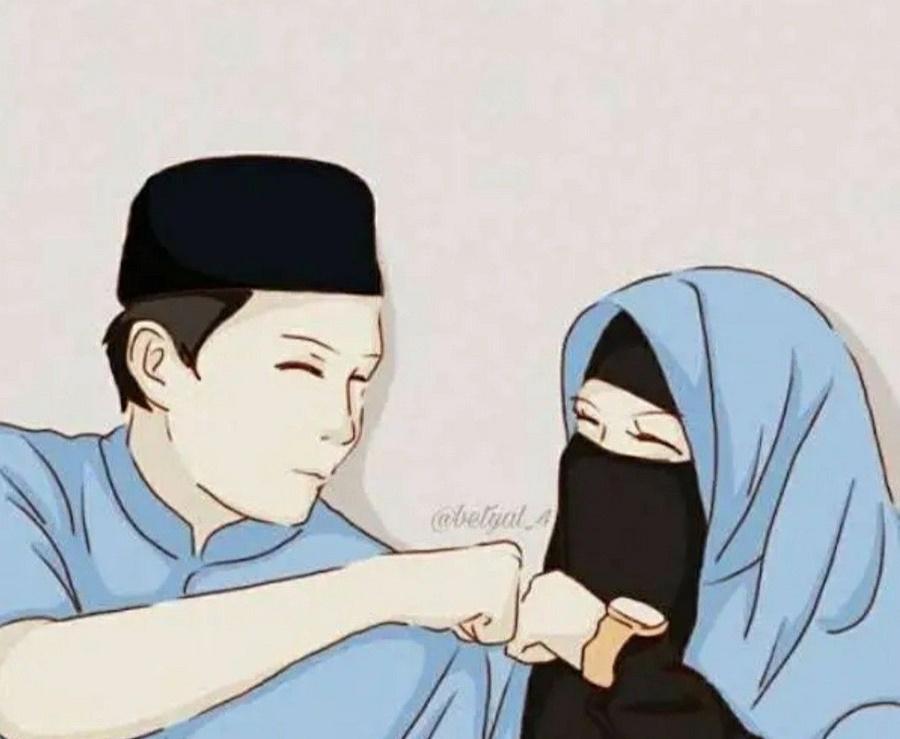
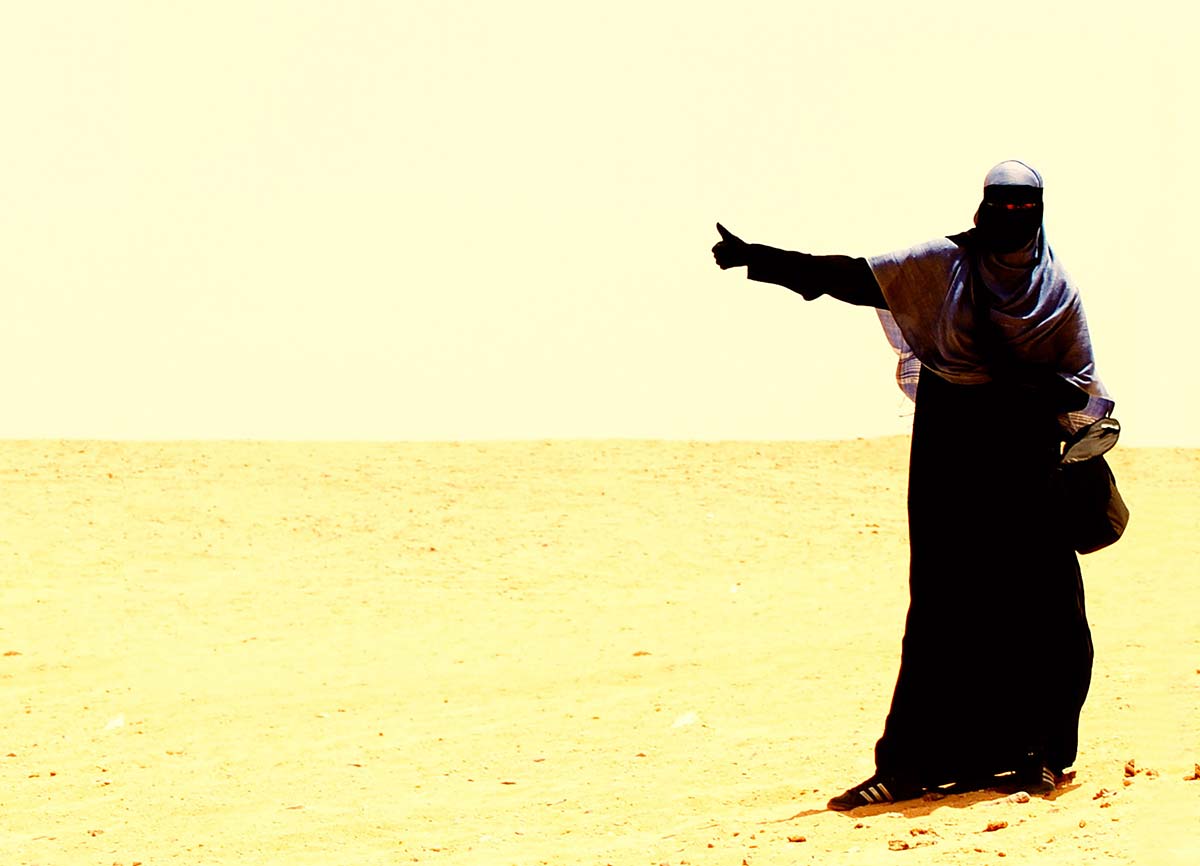

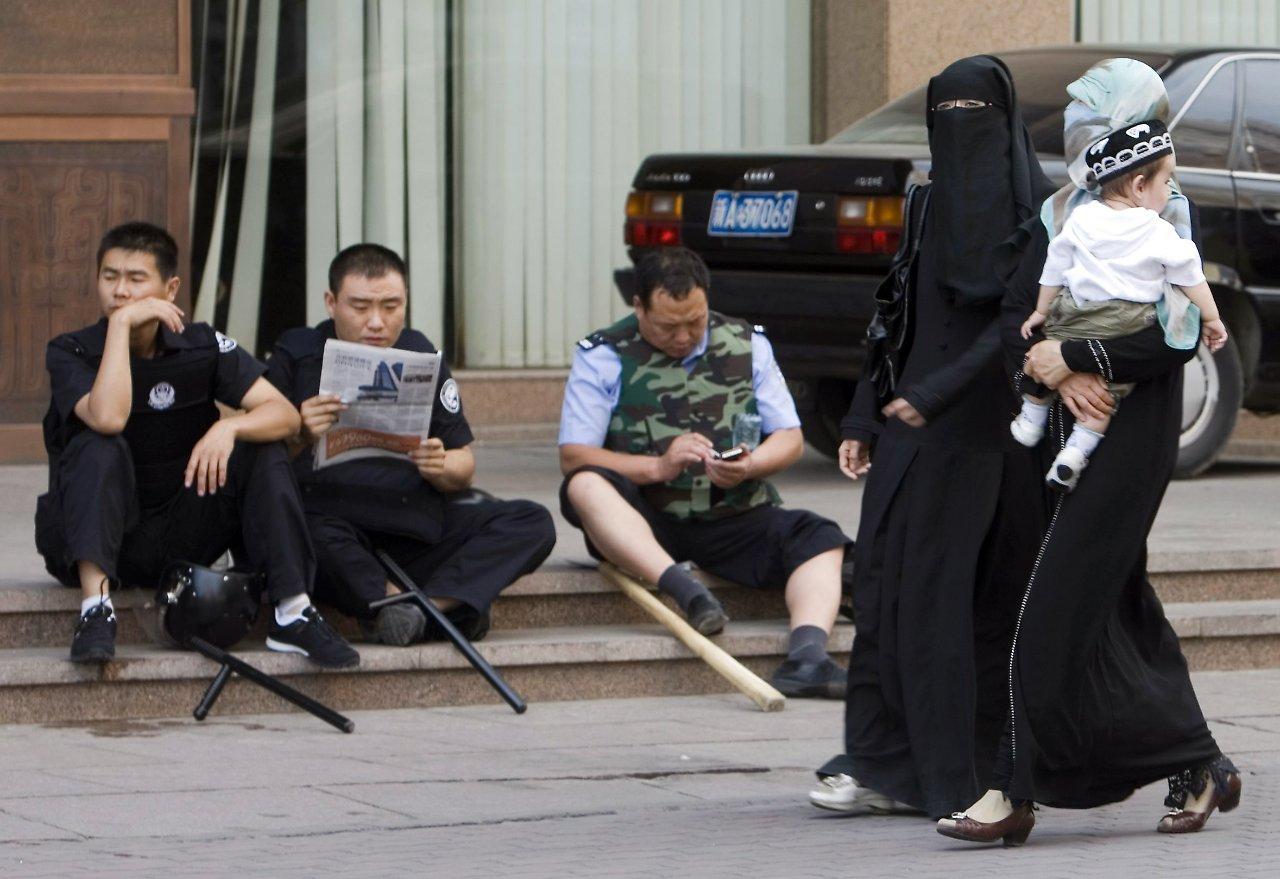
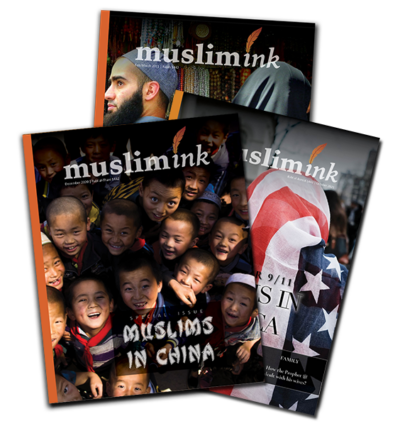
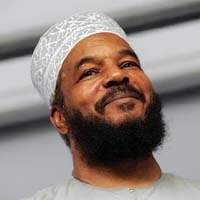 Dr. Bilal Philips
Dr. Bilal Philips